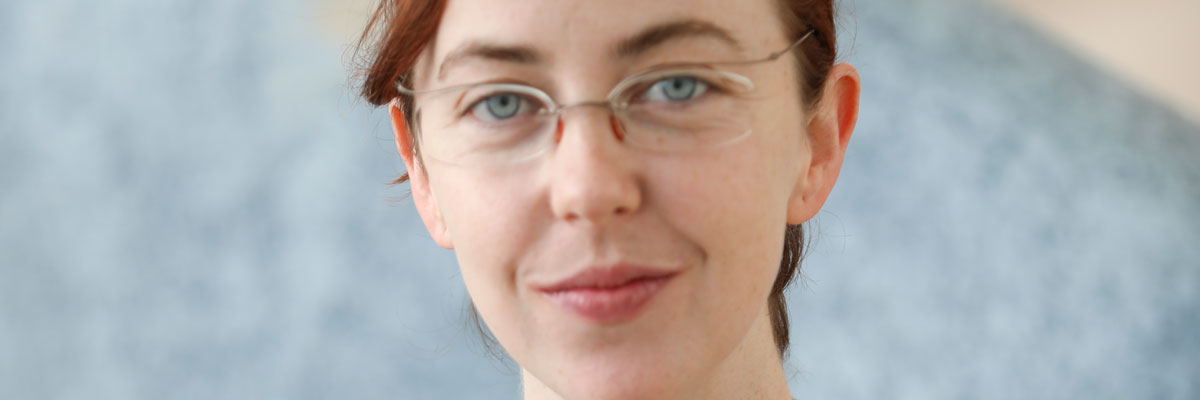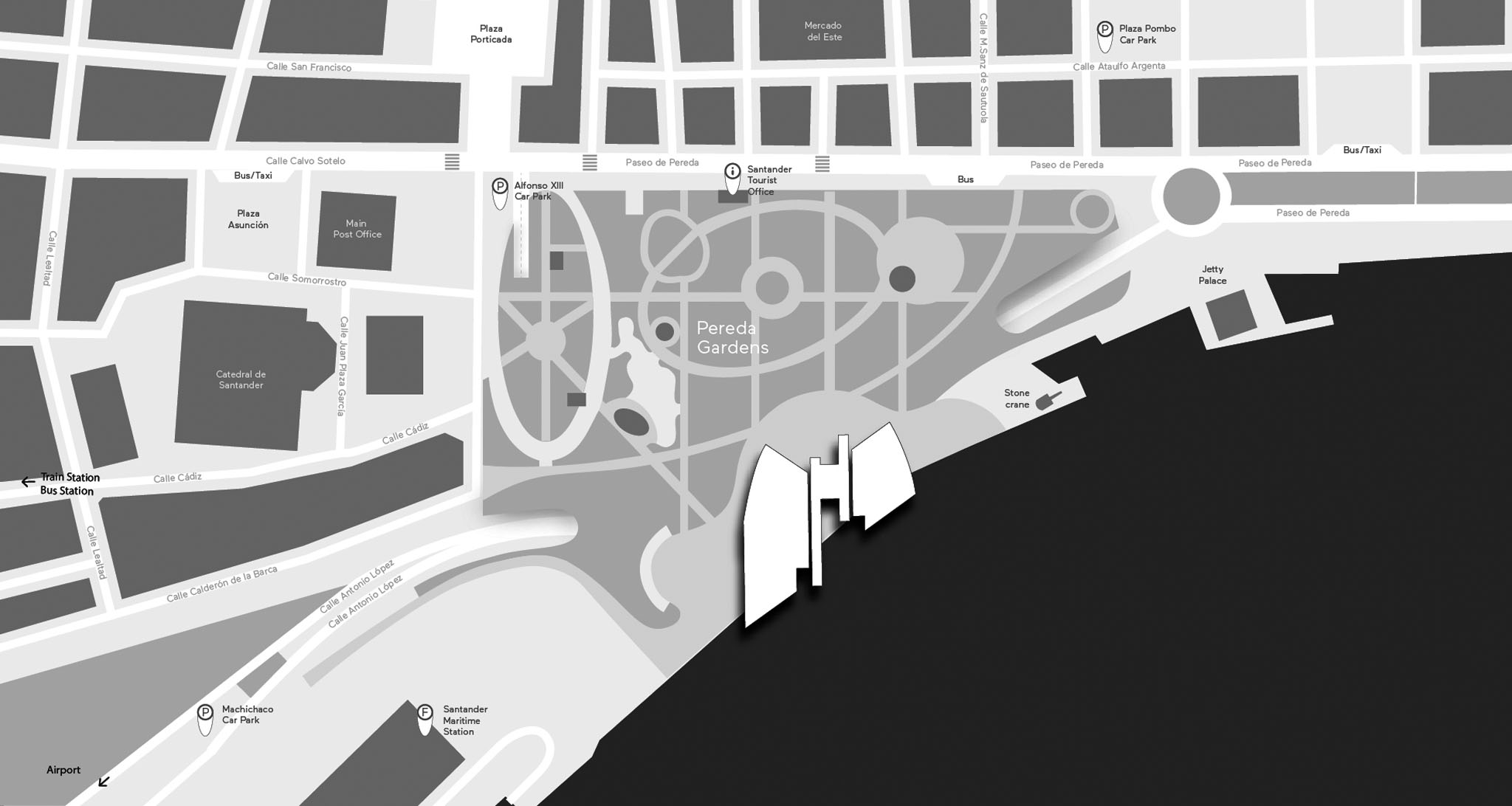
Lucía Bayón
MADRID, SPAIN, 1994
‘] / ] might accomplish / ] / ] I want / ]to hold / ]said ]’
Extract from If not, Winter. Fragments of Sappho (2003), translated by Anne Carson1
There is a type of containment that has something to do with wanting to keep something halfway delayed between never becoming and already being lost. To fill your hands like bowls when you are standing in the shower, place your open palms facing upward, next to each other, your wrists glued to your body. Your fingertips and fingers touch, and your hands become a type of container that meets the sudden need to build a pool as an extension of your lower belly. While you entertain the illusion of retention, visualise large hydraulic structures through which liquids travel through stone quarries, irrigation channels and fountains in level gardens. Eventually, depending on the day and the amount of unease you need to wash off, open the palms of your hands and let the water once again flow inside the containment structure in which your body is temporarily retained: the shower. Follow the jet of water with your eyes as far as the drain, where it continues on a journey that you can no longer witness. Then remember: holes are the beginning. Leave them open.
Last summer I was invited to do an intervention in an old fortress which had been refurbished to serve as an exhibition space, with stone walls covered with lime mortar. Lacking a clear plan of action and trying to fly under the radar, I found my hands filled with formless material, a mass of wet fibres. I decided not to do anything and lie in response to all the questions regarding my intentions. I had none.
Kneading is seductive because of the paradox it suggests. It is a common belief that things get softer with touch. But by kneading mud, conglomerates of slippery wet pulp and even words, substances harden and their presence increases; they take shape.
I ended up pressing wet pulp onto the walls of the room where I was, accommodating the corners, the joints in the ceiling, the window frames. I kept it up steadily for a few hours and then left. When I went back the next morning, the semi-hardened pulp had begun to slowly slide down, leaving a mark behind it as if it were a slimy giant until it reached the floor and totally fell apart. The fall came with a sense of total defeat. Months later, when telling this story several times, I reached a new point of realisation with each story. The pulp impregnated the layer of plaster covering the walls, which was supposedly meant to prevent blooms by preventing water from encroaching under the surface. What remained was an indelible stain of crystallised residues of wet, decomposing fibres whose edges were tinged with a yellowish green and whitish colour. When trying to clean off the wall with my fingertips, they became wrinkled as they do in saltwater, even though they were dry, and I was left with the trace of a process that remained frozen in its collapse.
I. Relatively stable rhythm
I think about repetition a lot. Repetition of movement, of gesture and also of forms. Repetition implies a certain level of stubbornness, I believe. Stubbornness usually implies a propensity for immobility in one’s own position, a kind of fixedness.
In the analysis of the historical development of the sciences of fluids and hydraulic movement, the notions of flow, fold and field of circulation expand. Flow is the presumption of a fluid in motion, like a continuum, defined by non unity and non-totality. In a reality comprised of continuous fluids, a fold is the reflection of a flow into itself in a loop; that is, a fold is the merger of flows. It is comprised of superimposed repetitions that culminate in the perception of stasis, a moment of standstill, of detainment. The conceptual foundation of circulation is that it is a dynamic structure with multiple folds that continues to change at a relatively stable pace.
IV. Inclinations
A block of solid earth. I roll up my sleeves and spend an entire day poking at the block. The method is simple. Water is my main ally. I cover the table and ground with plastic bags, place the block on them and pour a bucket of water on top of it. Once it is soaked and the water has penetrated every stratum, I begin to scratch.
Against uprightness. The body subjected, a position maintained. Knees flexed or totally bent, active lower back. Figuration of two bodies in their reciprocal relationship: inclination. Inclination is not a constant state; it is a slope, a position towards encounter. At ground level or eye level. Something to do with getting up from squatting on the floor. I have prolonged the stretch as long as I could, almost biting my shoulder, and now summer is over and it’s time to work on low season.
At first my hands move slowly; eventually the scratching picks up speed, followed by incessant brushing, cleaning off dust, until finally all the great civilisations were unburied on the kitchen table. Archaeology is the discipline that studies the act of unearthing elements which are once again submerged in a circulation of pre-existing codes and hierarchies which have been preestablished for a long time. I’m not interested in participating in entrenching hierarchies, but I do want to scratch, revert and alter the state of things. I pick up the shovel; it’s time to get to work.
Pondering the certainty of touch and the hands that have learned how to move like vehicles of acquired knowledge, I think about the scope of my own and which is the one perspective from which we can best grasp the qualities of a thing. It is by fabricating it, observing it, using it? What can be constructed and what can be gotten from the world just as it is? What is there in dispossessing something of its context? What is there in choosing this dispossession? Does the form, matter, purpose, surrounding, image, movement or essence of the thing prevail? Decanting brings me back to the kitchen and making sauces. A successful result is based on cooking on a very low flame, not too much and not too little, enough sauce for everyone.
VII. Cuff
The shirt is clumsy in itself. Even when it’s not hanging or being worn, the cloth itself bears an unmistakable notion of shirting. So many possibilities yet so iconic, which requires many layers of deconstruction to be abstracted from its immediate anthropomorphic correlation. Embodiment is working here as yet another force more than as a mere proposition. It reminds me of Gertrude Stein’s words: ‘Enough cloth is plenty and more, more is almost enough for that and besides if there is no more spreading is there plenty of room for it. Any occasion shows the best way.’2 The cloth is a mere accident; it is the response to a primary need: to cover oneself. Then comes the compositional exercise of elements of self-organisation, and the body is the place on which the act of investiture is exerted.
Constructs—self-imposed, behavioural, positioning—can be stretched and stretched. Like when the cloth is pressed between calandrias of hot metal, which compact and smooth it, leaving such taut cloth that if it is not removed from the mechanical textile machinery, it becomes scratched and tears. Like composing a sentence. Looking at the patterns of garments before they are sewn, or once they have been taken apart, we have to ask ourselves what can be chieved with the minimum syntax, what can emerge between the gaps and their clothing.
Back to sewing. This is a two-way path. It is the basic principle of the concept of plot–cloth—narration and weft. A delineated pattern is followed; the constant pulse is maintained and you sew along the armhole line, but the stitches always offer the open possibility of return, of rounding. A sleeve can be many things when it is taken apart and abstracted from the presumed functional totality of a shirt. Decanting funnel, shortcut for the wrist, pastry bag. Neither a wrapping nor a sheath, it announces the illusion of an entrance and an exit.
2 Stein, Gertrude. Tender Buttons. New York: Claire Marie, 1914, 20.
V. Temple
I intentionally hold several things at once; I take them in my hands, plunge them into buckets and let them soak to hydrate. I save others in glass bottles, where they stay to macerate. Sometimes I remove them and put them in my mouth and then lick my fingers. I’m stuck. I neither swallow nor spit them out; I keep chewing. I’m chewing and a desire is taking shape.
Tempering is a quality referring to the point of hardness or elasticity that some materials can take on when worked, caused by sudden changes in temperature while they are being manipulated.
I am speaking from the leakage point. Between form and the lack thereof. I am hardening, being tempered. I see how the ingredients become bitter while there is a strong current that reeks of something that is beginning to rot. It turns over; it is mixed again and again. I am articulating this stubbornness not only as a quality of resistance and certainly not as a position of immobility but as words’ and materials’ refusal to remain fixed. And like a sieve that allows the fluid to flow and holds back the larger elements in stasis, points of convergence can eventually be found which solidify like a lump bound together for a time.

